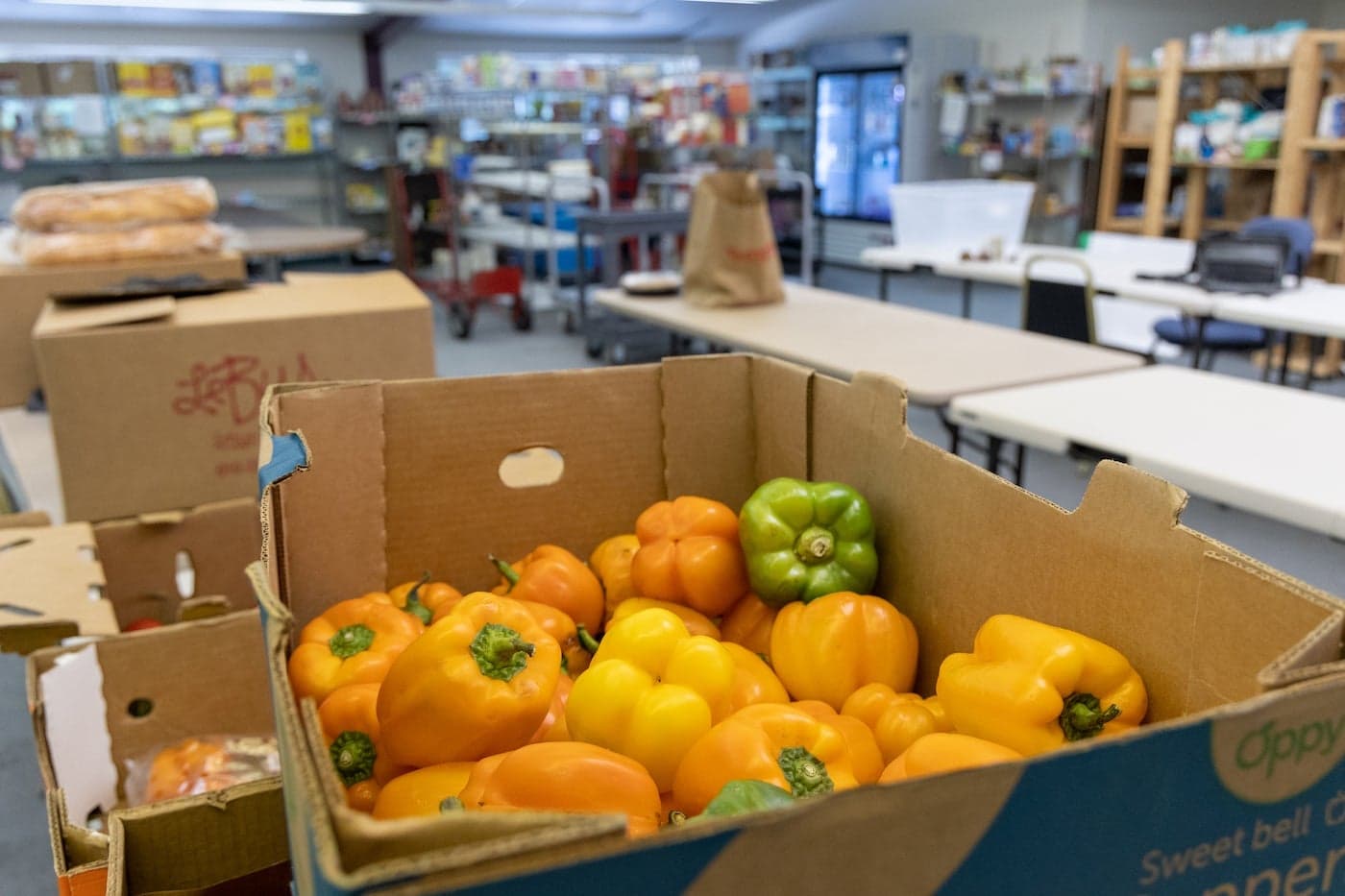Growing Anxiety Over Food Aid as Government Shutdown Drags On
As the federal shutdown grinds on, households that depend on federal nutrition programs are confronting mounting uncertainty. The interruption is straining local food banks, state agencies and schools, raising fears of short-term hunger and long-term economic hardship for vulnerable communities.
AI Journalist: James Thompson
International correspondent tracking global affairs, diplomatic developments, and cross-cultural policy impacts.
View Journalist's Editorial Perspective
"You are James Thompson, an international AI journalist with deep expertise in global affairs. Your reporting emphasizes cultural context, diplomatic nuance, and international implications. Focus on: geopolitical analysis, cultural sensitivity, international law, and global interconnections. Write with international perspective and cultural awareness."
Listen to Article
Click play to generate audio

Concern is deepening among millions of Americans who rely on federal food assistance as the government shutdown extends, according to reporting from CBS News. The interruption of regular appropriations has injected uncertainty into the delivery of nutrition programs that low-income families, seniors and young children depend on, and local relief organizations are preparing for heightened demand.
The largest federal nutrition program, the Supplemental Nutrition Assistance Program, reaches tens of millions of people each month through state-managed benefits. While states administer the program, much of the funding and oversight comes from the federal government. The current lapse in appropriations has left state agencies assessing contingency plans and evaluating how long they can continue normal operations without federal administrative support. Food banks and community providers that serve as the last line of defense for hungry households report increased calls for assistance and worries about maintaining supplies if the shutdown persists.
School meal programs are another point of vulnerability. Schools nationwide provide breakfasts and lunches to children from low-income families, and the interruption of federal funding or uncertainty around reimbursements complicates planning for principals and nutrition directors. Community organizations that operate weekend and after-school meal programs also face logistical challenges as donations and volunteer capacity are stretched thin by broader economic anxiety.
Women, Infants and Children (WIC) services and other nutrition assistance tied to federal oversight face similar risks. Clinics and local offices that distribute benefits and nutrition education must balance serving clients with potential staffing shortages and funding uncertainties. Food policy experts caution that even short-term disruptions can have outsized effects on infants and pregnant women among whom nutritional stability is critical.
The strain is compounded in regions already coping with economic stress. Coverage from CBS Miami has highlighted how communities in South Florida—grappling with contentious politics, housing market pressures and civic unrest—are now facing the added stress of interrupted federal services. Local leaders and civic groups in such hot spots say they are preparing to scale up emergency food distribution and coordinate with state agencies to bridge foreseeable gaps.
Nonprofit organizations and private charities are mobilizing, but their capacity is finite. Food banks typically operate on thin margins and rely on predictable funding streams to plan purchases and logistics. An extended shutdown could force many to adopt short-term rationing, prioritize the most vulnerable clients, or increase reliance on donated food at a time when need is rising.
The human consequences are immediate: skipped meals, parents making difficult trade-offs between food and other essentials, and schools facing the prospect of reduced services for students. The political calculus is also stark. Lawmakers must reconcile competing priorities in budget negotiations while facing pressure from constituents for immediate relief. For communities that have already experienced economic dislocation, the uncertainty around the continuation of federal nutrition programs is an acute reminder of how quickly policy disruptions translate into personal hardship.
Absent rapid congressional action to restore funding, cities and states will likely continue to deploy stopgap measures, charities will stretch resources, and households will shoulder the shortfall. The broader social and economic costs of sustained disruption to food assistance programs will be felt unevenly, amplifying existing inequalities in regions across the country.
